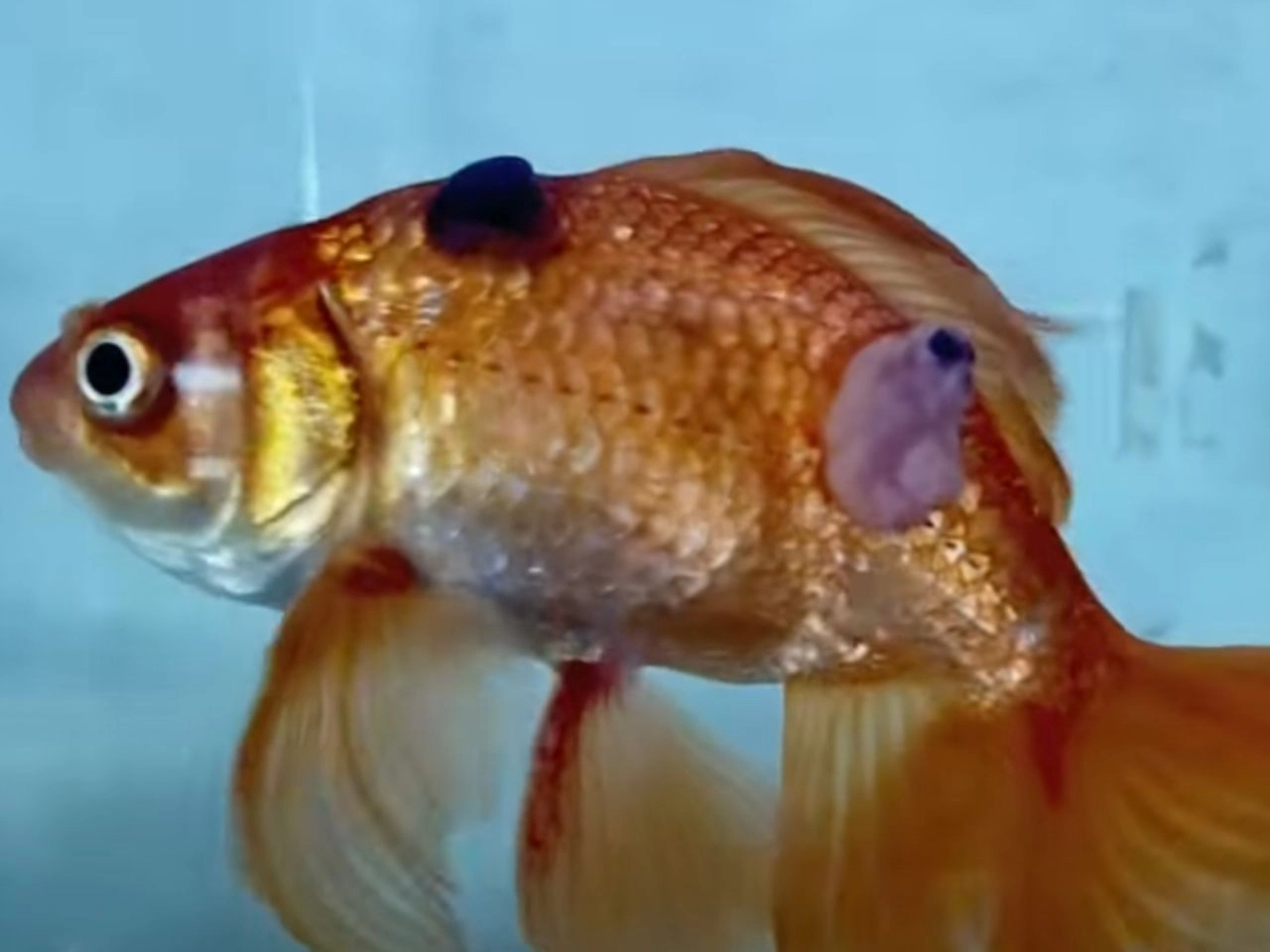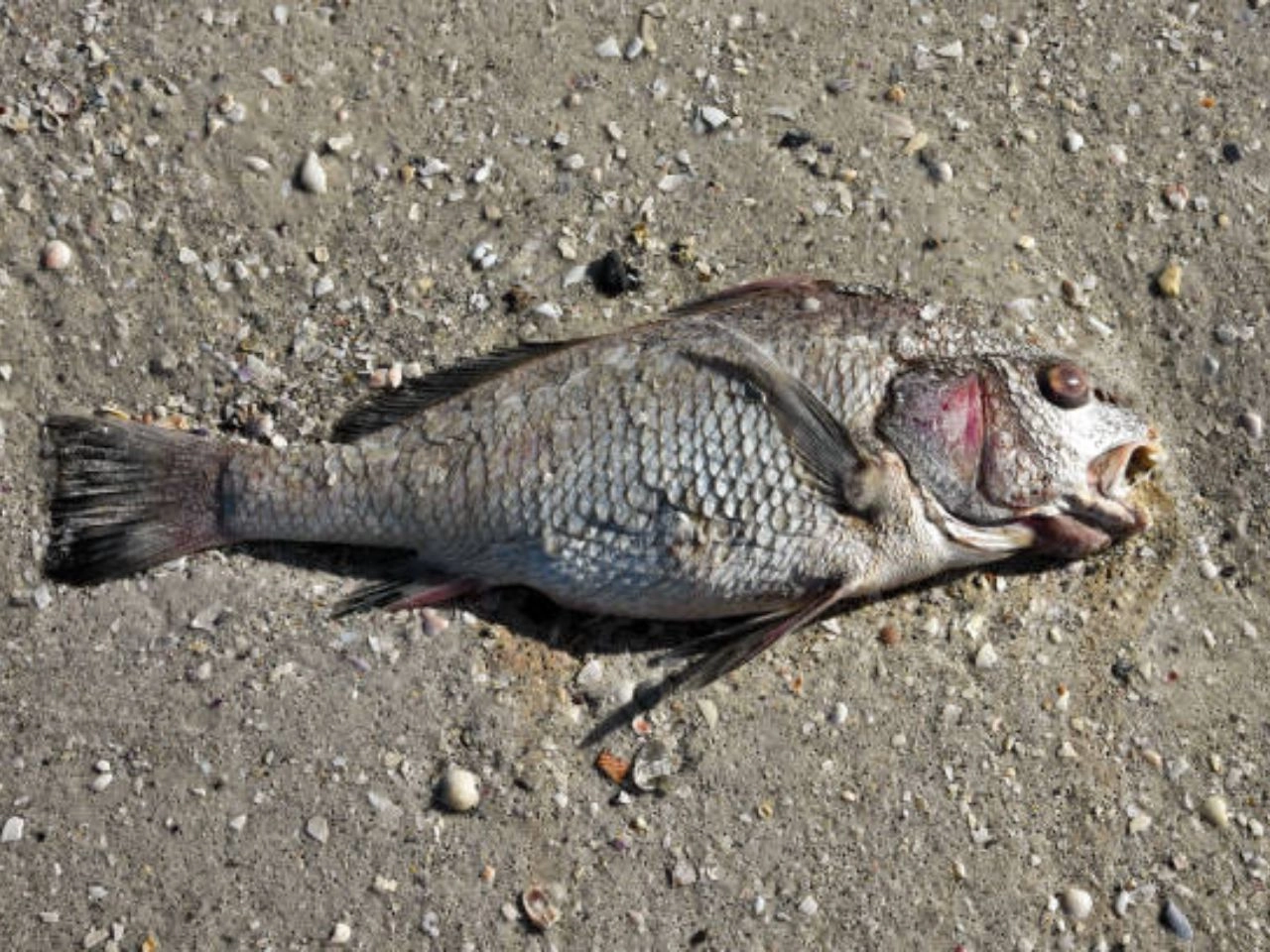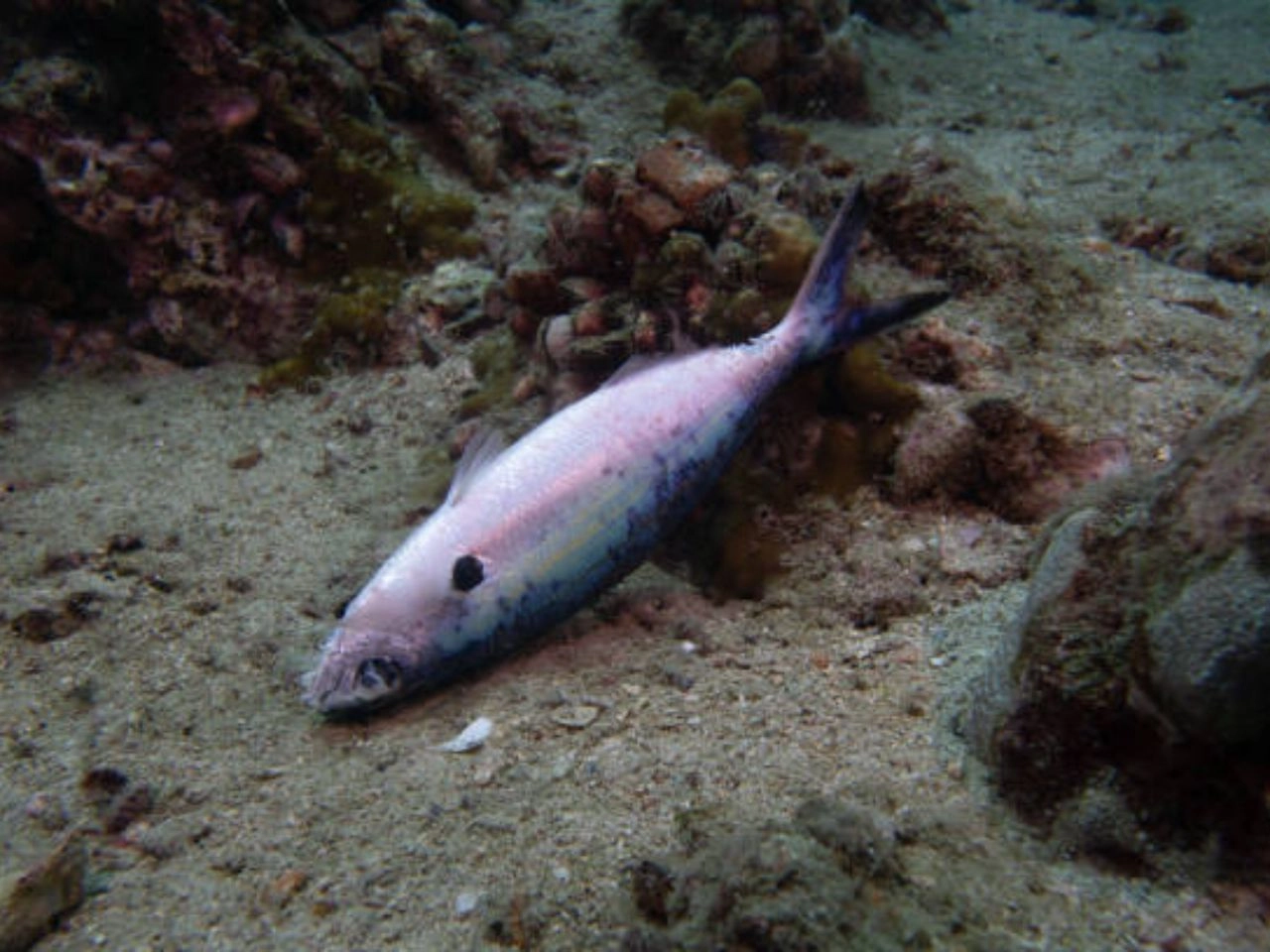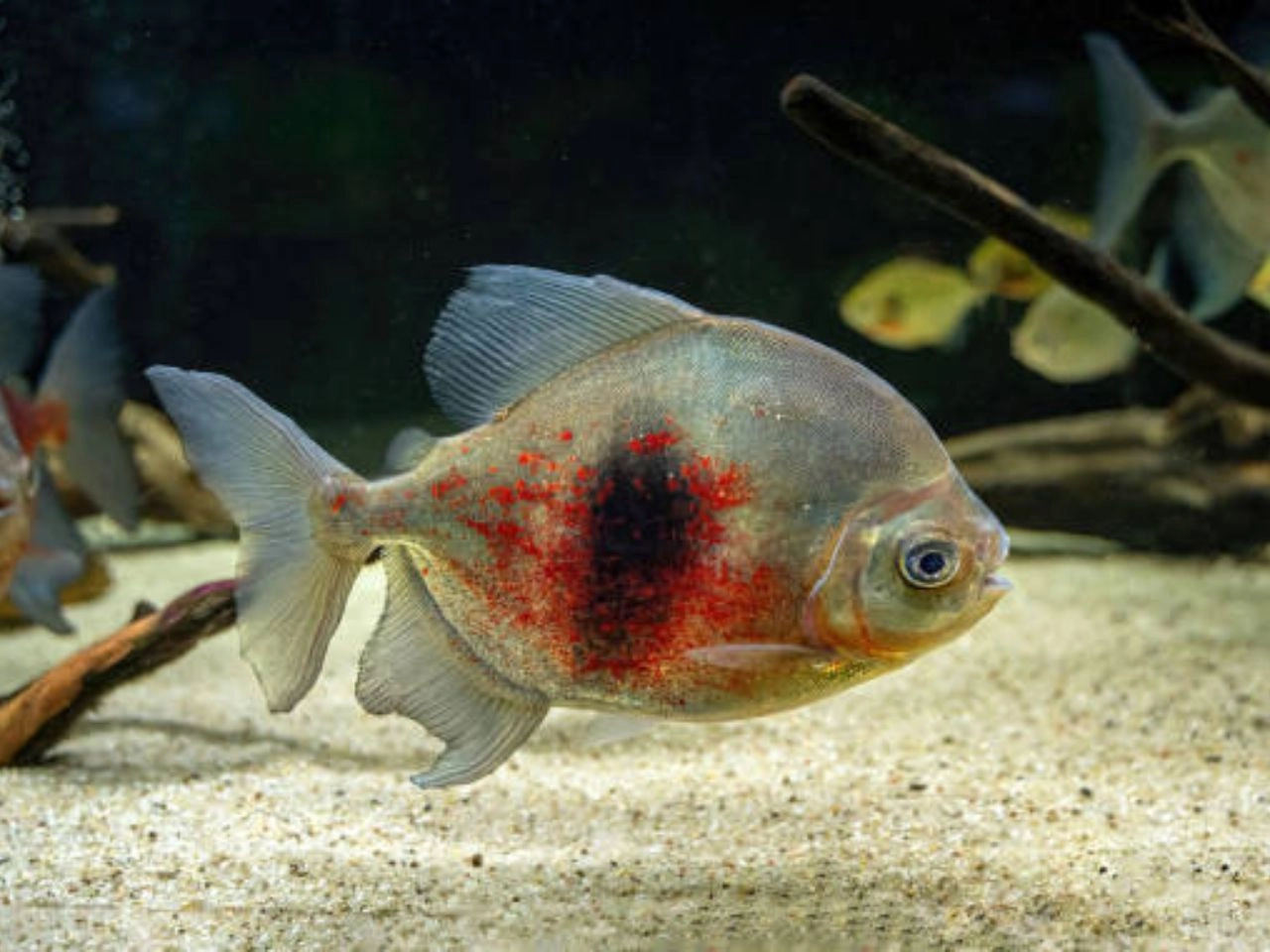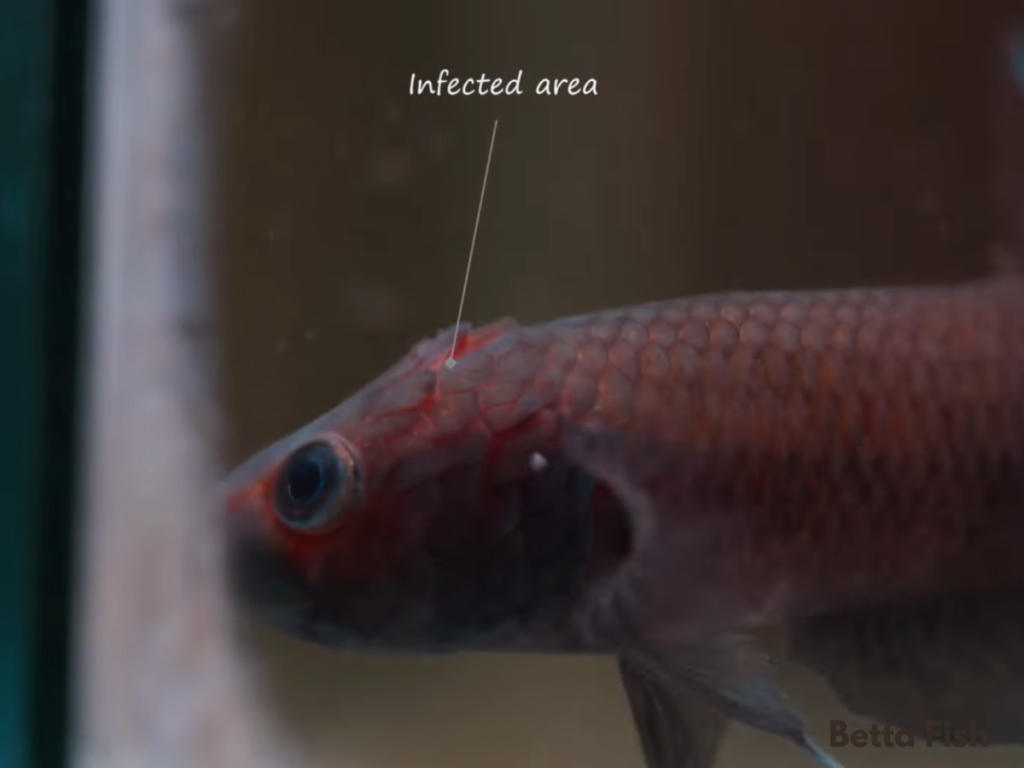
Betta Fish Cotton Wool Disease is a fungal infection caused by poor water conditions. It appears as white, cotton-like patches on the fish.
Cotton Wool Disease, also known as cotton mouth, affects betta fish and can be fatal if not treated promptly. This disease thrives in environments with dirty water, low temperatures, and high-stress levels for the fish. Symptoms include white, fluffy patches on the skin, fins, or mouth, and lethargy or loss of appetite.
Proper tank maintenance, regular water changes, and good filtration systems are essential to prevent this condition. Immediate treatment with antifungal medications and improved tank conditions can help your betta fish recover quickly. Always monitor your fish for early signs to ensure their well-being.
Introduction To Cotton Wool Disease In Betta Fish
Cotton Wool Disease is common in Betta fish. It can be serious if not treated. This disease causes white, fluffy patches on the fish’s body.
Betta fish can suffer from this disease due to poor water quality. Stress can also make them more likely to get sick. It’s important to act quickly if you see signs of this disease.
White, cotton-like patches are the main symptom. These patches can appear on the fins, body, or mouth. Loss of appetite is another sign. The fish might seem lethargic and less active.
Infected fish may rub against objects in the tank. Their fins might look tattered or frayed. Early detection is key to successful treatment.
Betta fish are kept in small tanks. These tanks can get dirty quickly. Poor water conditions can lead to stress and weakened immune systems.
Overcrowding in the tank can also be a problem. Stress from fighting with other fish can make Betta fish more prone to disease. Good tank maintenance is essential for their health.
Identifying Cotton Wool Disease
Bettas with cotton wool disease often have white, fluffy growths on their bodies. These growths look like cotton and can be on the fins, gills, or mouth. Discoloration is common around the infected area. Redness or sores might also be visible. The fish’s scales may appear raised or patchy.
Infected bettas often show lethargy and loss of appetite. They may struggle to swim and stay at the bottom of the tank. Frequent rubbing against objects is common. This is a sign of irritation. Bettas might also gasp for air at the surface. These behaviors indicate the fish is in distress and needs immediate care.
Common Causes Of Cotton Wool Disease
Dirty water can make Betta fish sick. Bacteria and fungus grow in bad water. These germs cause Cotton Wool Disease. Ammonia and nitrite levels rise in unclean tanks. These chemicals harm fish. Changing water often keeps it clean. Filters help but need cleaning too. Test water to make sure it’s safe. Healthy water means healthy fish.
Stress makes Betta fish weak. Crowded tanks cause stress. Loud noises also stress fish. Sudden changes in water temperature are bad. Small tanks make fish feel trapped. Proper tank size helps fish feel better. Hiding places reduce stress. Calm environments keep fish happy.
Step-by-step Treatment Guide
Combat Betta Fish Cotton Wool Disease with our step-by-step treatment guide. Learn effective methods to restore your fish’s health.

Initial Isolation Procedures
Isolate the infected betta fish. Use a separate tank with clean, treated water. Ensure the water temperature is stable and suitable for bettas. Avoid using decorations that can harbor bacteria. Monitor the fish closely for any signs of stress or worsening.
Medication Options And Dosages
| Medication | Dosage | Frequency |
| Antibiotic | 1 mg per liter | Daily for 7 days |
| Antifungal | 0.5 mg per liter | Daily for 5 days |
Natural Remedies And Their Efficacy
Salt baths can help treat Betta fish cotton wool disease. Use aquarium salt, not table salt. Dissolve one teaspoon of salt per gallon of water. Place the Betta fish in the salt bath for 5 to 10 minutes. Do not leave the fish in the salt bath too long. Watch the fish closely for any signs of stress. After the bath, return the fish to its regular tank. This method can reduce the fungus and help the fish heal.
Herbal treatments can be gentle on Betta fish. Indian almond leaves are a popular choice. They release tannins into the water. These tannins have healing properties. Add one leaf to the tank. This can help soothe and heal the fish. Tea tree oil is another option. Use it in very small amounts. Be careful not to use too much. Always monitor the fish for any adverse reactions. Herbal treatments can be a natural way to support fish health.
Maintaining Optimal Tank Conditions
Betta fish need specific water conditions to stay healthy. The water temperature should be between 76°F and 82°F. Keep the pH level between 6.5 and 7.5. Ammonia levels must be at 0 ppm. Nitrite levels should also be at 0 ppm. Nitrate levels should be less than 20 ppm. Regularly test the water to ensure these parameters are met. Good water quality helps prevent diseases like Cotton Wool Disease.
Clean the tank once a week to keep the water fresh. Remove 25% of the water and replace it with clean, treated water. Clean the tank walls to remove algae. Rinse the filter media in tank water to keep it effective. Check the water heater to ensure it maintains the correct temperature. Regular maintenance helps keep the tank environment healthy for your betta fish.
Dietary Considerations For Recovery
High-quality food is vital for your Betta fish. Live or frozen foods like brine shrimp or daphnia help. Protein-rich diets boost their immune system. Vitamins and minerals are also essential. Fresh vegetables like peas can be a good addition. A varied diet keeps them healthy. Avoid overfeeding to prevent stress.
Avoid processed foods; they lack nutrients. Steers clear of fatty foods; can harm the fish. Do not feed them dry pellets exclusively. Sugary foods are also bad. Keep away from human food; it’s not suitable. Avoid foods with artificial colors.
Prevention Strategies For Future Outbreaks
Always quarantine new fish before adding them to the main tank. This step helps prevent the spread of diseases. Keep new fish in a separate tank for at least two weeks. Observe them for any signs of illness during this period. This practice helps in the early detection of diseases. Treat any visible illness before moving fish to the main tank. Quarantine tanks should be easy to clean. Use separate equipment for quarantine tanks to avoid cross-contamination.
Regularly check the water conditions in your tank. Keep the water clean and free from harmful bacteria. Maintain the right temperature and pH levels for your betta fish. A stable environment helps keep your fish healthy. Use a good quality filter to keep the water clean. Perform regular water changes to remove waste and toxins.
Avoid overcrowding the tank to reduce stress and disease risk. Provide hiding spots for your fish to feel secure. Monitor fish behavior for any signs of stress or illness. Feed your fish a balanced diet to boost their immune system. Avoid overfeeding to keep the tank clean and healthy.
Understanding When To Seek Professional Help
If your Betta fish shows no improvement after home treatment, seek help. Watch for worsening symptoms like more white patches or lethargy. Another sign is loss of appetite that continues for days. The fish may also struggle to swim or breathe. If you see any of these signs, contact a professional.
Search online for local aquatic veterinarians. Check reviews and ratings to find the best ones. Ask for recommendations from pet stores. Look for vets with special training in fish diseases. Call the clinic to ask about their experience with Betta fish. Make sure they have the right equipment to treat your fish.
The Role Of Community And Support
Betta fish forums and groups can help owners learn and share. These online spaces are full of useful tips and advice. Many experienced fish keepers join these groups. They often share their knowledge freely.
When facing cotton wool disease, advice from others can be very helpful. You can ask questions and get answers quickly. This can make a big difference in your fish’s health.
Sharing your own experiences helps others too. You might find someone with the same problem. This can create a sense of community and support. Many people find comfort in knowing they are not alone.
By sharing solutions, you can help others solve their problems. This makes the community stronger and more helpful for everyone.
Conclusion
Caring for a Betta fish with cotton wool disease requires attention and proper treatment. Ensure clean water and use appropriate medication. Regularly monitor your Betta’s health to prevent recurrence. With these steps, your Betta can recover and thrive. Always stay informed on best practices for Betta fish care.
FAQ About Betta Fish Cotton Wool Disease
How To Treat Cotton Wool Disease In Betta Fish?
Treat cotton wool disease by isolating the fish. Use antifungal medications and maintain clean water conditions. Adjust water temperature.
Can Fish Recover From Cotton Wool Disease?
Yes, fish can recover from cotton wool disease with proper treatment. Isolate the infected fish and treat with antifungal medications. Maintain clean water conditions to prevent recurrence. Early intervention increases recovery chances.
What Is The White Fuzzy Stuff On My Betta Fish?
The white fuzzy stuff on your betta fish is likely a fungal infection. Treat it with antifungal medication. Maintain clean water and proper tank conditions to prevent recurrence.
Is Cotton Wool Disease Contagious To Humans?
No, cotton wool disease is not contagious to humans. It primarily affects fish and aquatic animals.
